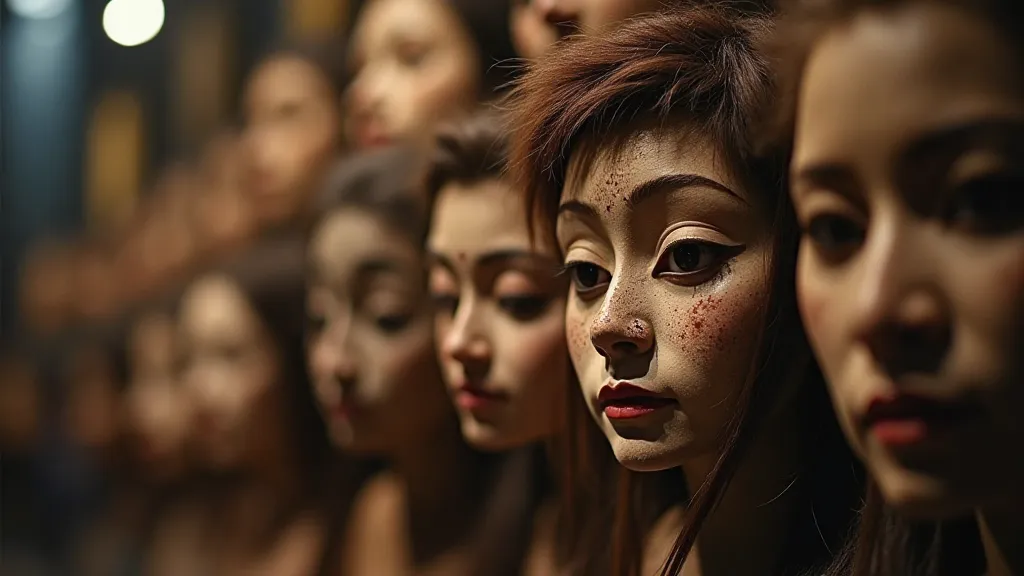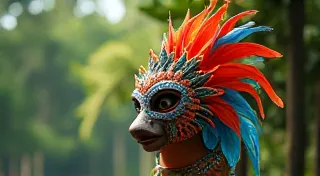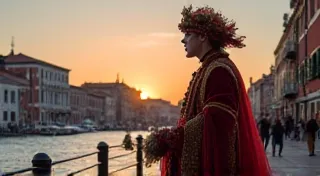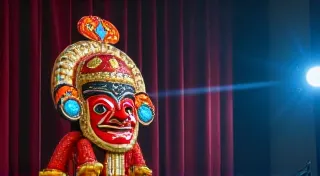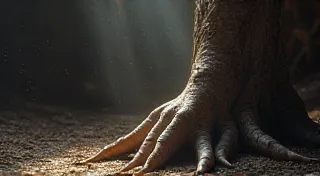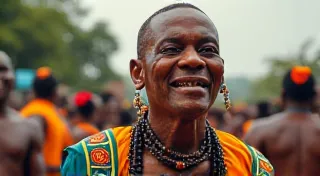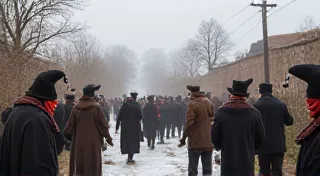Fractured Reflections: The Modern Mask Maker and the Ghosts of Ancestors
The scent of cedarwood and beeswax clings to the workshop, a familiar comfort. It’s a scent that speaks of generations, of hands weathered by time and skill, of stories whispered through the act of creation. I’ve been immersed in this aroma for months now, trying to understand the weight of it, the responsibility. I’m a mask maker, yes, but I’m also a conduit, a link in a chain that stretches back centuries. The ghosts of my ancestors—the true artisans—hover in the shadows, their presence both inspiring and, at times, daunting.
Mask making isn't just a craft; it’s a performance. It's a conversation with the past, a reflection of the present, and a fragile hope for the future. It’s a practice inextricably bound to cultural identity, ritual, and the stories that define a people. From the vibrant, grotesque faces of Balinese Topeng to the stoic expressions of Inuit carvings and the elaborate feathered visages of the Northwest Coast Indigenous peoples, masks are windows into belief systems, social structures, and the collective imagination of humanity.
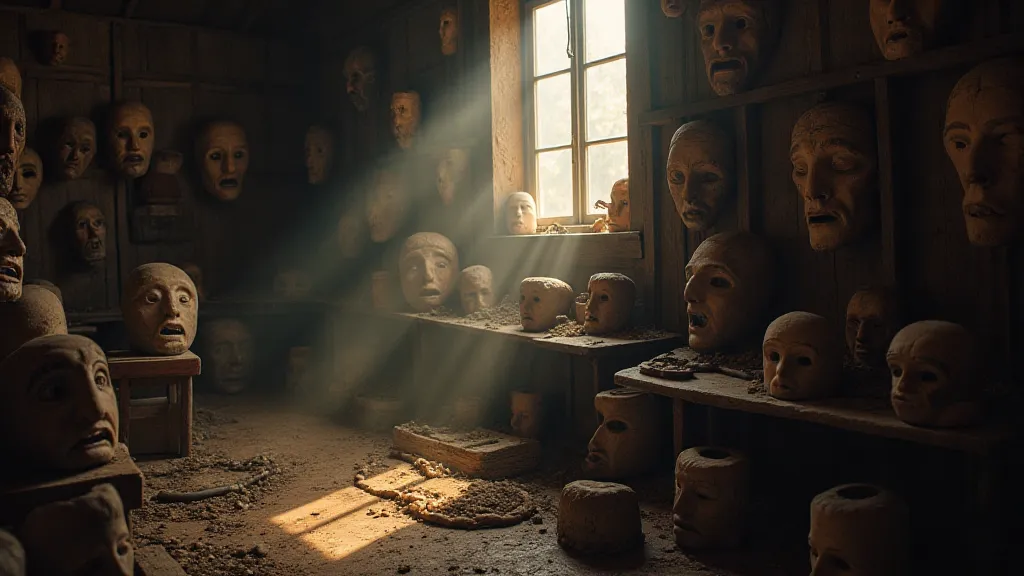
The Tapestry of Tradition: Regional Variations
Consider the Gamelan music that accompanies the Balinese Topeng dances. The masks, each representing a specific character—a king, a demon, a clown—aren't merely costumes; they are vessels for the spirits. The dancers don’t *become* the characters; they invite them to inhabit their bodies, their movements dictated by the spirits’ whims. The craftsmanship itself is deeply ritualistic, the carving and painting imbued with prayers and blessings. Contrast this with the stark, powerful masks of the Venetian Commedia dell'Arte. Here, the masks represent archetypes—the mischievous Harlequin, the boastful Capitano—and serve to amplify the comedic chaos of the performance. Each region, each culture, has woven its unique threads into the tapestry of mask making, creating a kaleidoscope of forms, techniques, and meanings.
In the Pacific Northwest, the Kwakwaka’wakw masks, often representing animal spirits like Raven and Bear, are masterpieces of woodworking and artistry. Crafted from cedar and meticulously decorated with feathers, shells, and dentalium, these masks are central to the Potlatch ceremonies, where they serve to honor ancestors, mark significant life events, and reaffirm social order. The power of these masks isn't just visual; it’s deeply rooted in the spiritual beliefs and the complex social protocols surrounding their use. They aren't toys or decorations; they are sacred objects, treated with the utmost reverence.
Even seemingly ‘simple’ masks hold untold layers of history. Think of the Japanese Noh masks, each a subtle study in controlled emotion. The minimalist carving style and muted colors convey a profound sense of melancholy and wisdom, reflecting the philosophical underpinnings of Noh theatre. The slightest tilt of the head, the precise angle of the eyebrows, can alter the meaning entirely. The legacy is one of rigorous training and dedication, a living tradition passed down through generations of performers and artisans.
The Modern Dance: Innovation and Appropriation
Today, the landscape of mask making is undergoing a profound shift. Contemporary artists are grappling with the tension between honoring ancient techniques and imbuing their creations with a distinctly modern sensibility. The question of appropriation versus inspiration looms large. How can an artist draw from a cultural heritage that isn't their own without perpetuating harmful stereotypes or disrespecting sacred traditions?
There's a temptation, particularly in the age of the internet and globalized markets, to cherry-pick elements from different cultures, blending them together to create something "new." But true innovation doesn’t come from mere juxtaposition; it comes from a deep understanding of the source material, a respect for its history, and a willingness to engage with its complexities. It requires more than just replicating a form; it demands an exploration of the underlying meaning, the cultural context, and the spiritual significance.
I’ve seen artists who, without understanding the deeper meaning, reproduce traditional forms as mere aesthetic objects, stripping them of their power and reducing them to decorative trinkets. This isn't just a matter of artistic integrity; it’s a matter of cultural responsibility.
Conversely, there are artists who, through meticulous research, genuine engagement, and often collaboration with cultural custodians, are able to create work that is both innovative and respectful. They understand that the best homage is not replication, but reimagining – taking the essence of a tradition and finding new ways to express it, while acknowledging its origins and honoring its legacy.
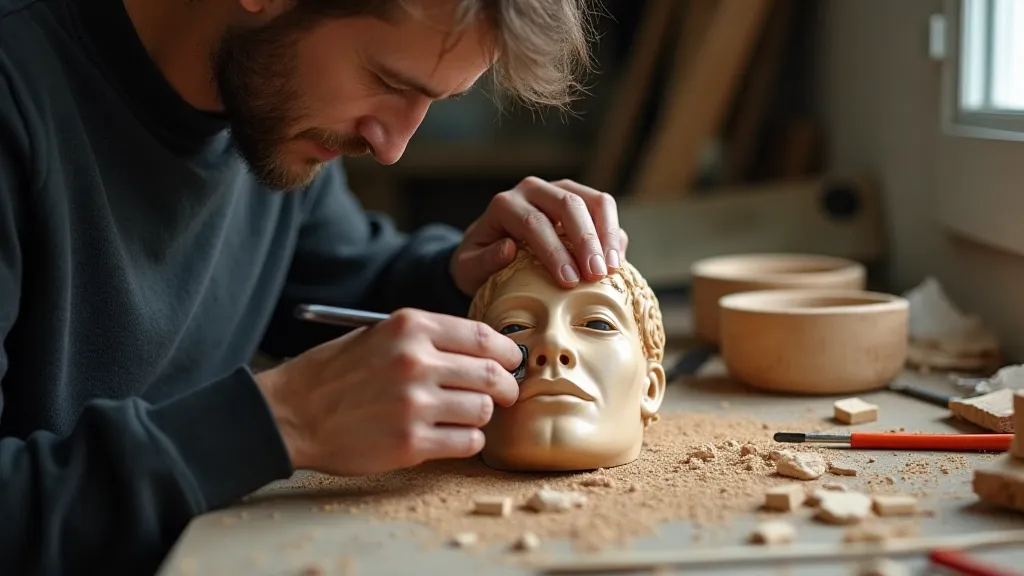
The Weight of Lineage: Restoration and Collecting
The restoration of antique masks is a delicate undertaking, requiring a profound understanding of the original materials and techniques. It’s not just about repairing cracks or replacing missing elements; it’s about preserving the spirit of the object, respecting its history, and ensuring its survival for future generations. A heavy hand can obliterate the subtle nuances that speak of the artisan’s skill and the passage of time. It's about minimal intervention, guided by a deep reverence for the past.
Collecting regional masks can be a rewarding, but also a complex pursuit. Authenticity is paramount, and due diligence is essential. It's not just about acquiring a beautiful object; it’s about becoming a custodian of cultural heritage. Collectors should prioritize masks that have been ethically sourced and that are accompanied by verifiable provenance. Supporting artists and communities who are actively preserving traditional mask-making techniques is also a vital aspect of responsible collecting.
Each mask tells a story – a story of the artisan who crafted it, the community that embraced it, and the rituals it served. Holding a centuries-old mask in your hands is like holding a piece of history, a tangible link to a world that is both distant and intimately connected to our own.
The ghosts of my ancestors, those silent mentors, continue to watch. I carve, I shape, I paint, striving to honor their legacy while forging my own path. It’s a dance of tradition and innovation, a conversation across time – a reflection, perhaps, of the human spirit’s enduring need to create, to connect, and to remember.
